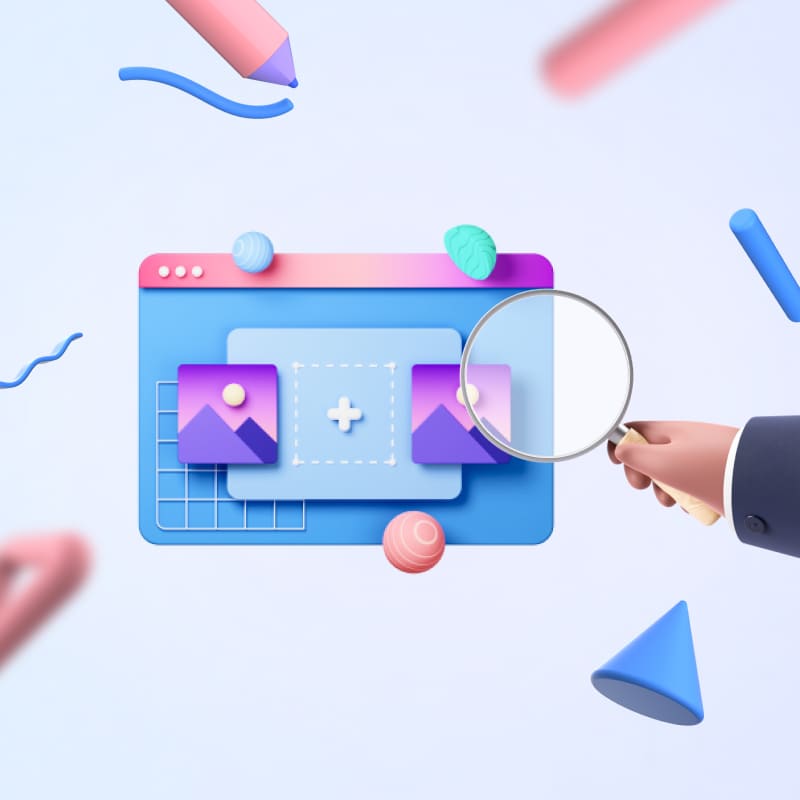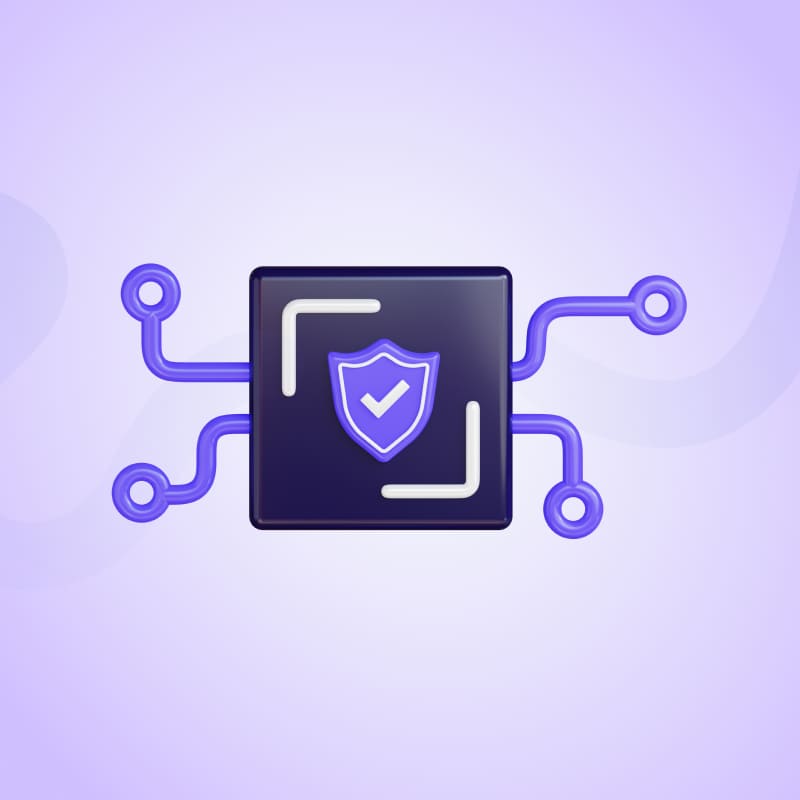
A comprehensive onboarding program can significantly improve the performance of new employees and help to build and sustain high-performing teams. Unfortunately, only a few companies manage this process well as most new employees don’t receive a: clear understanding about the organisation, information or any knowledge about who their team members are and what they require from them as a brief job role description simply isn’t enough information for an employee to be able to understand what is expected of them within the company. It is a company’s responsibility to make sure the new employee’s feel comfortable and understand their: roles, duties and responsibilities within their new role.
Here is a brief onboarding checklist HR managers can use to assist new hires through the entire onboarding process.
Firstly, it is important to collect and gather all the relevant employee information and details; both personal and job related. Some examples of the kind of information which should be collected are: employment start dates, employment type, position and department, base salary and total remuneration, probation period, work rights status and tax.
Next a company must prepare the job offer. This includes: sending the employment contract along with the employee handbook, office details and company’s policies that should include information about email and Internet use, social media policy, attendance, dating co-workers, dress code, handling confidential information, managing conflict of interests, intellectual property, workplace violence, drug and alcohol policy and procedures.
Arranging time to be able to coordinate and participate in the new hire orientation. This involves spending time to coordinate workflows before the employee arrives, sending announcement emails to team members, stocking the new employee’s desk with all the necessary supplies, establishing an email account for them, sorting out an: office mailbox, phone extension and access to appropriate computing resources and electronic files etc. Additionally, it is important to spend time: introducing the employee to co-workers on the first day, giving them a tour of the office, showing them the location of fax machines and printers, providing keys and security codes; to make things easier for them.
Lastly it is very important to assign somebody to keep track and review the new employee’s performance. Assigning a mentor helps to: onboard a new employee, helps in organising training sessions and makes sure that there is somebody spending time with the new employee to discuss their goals. A mentor can give a new employee confidence so they are more likely and encouraged to share their thoughts and feedback which can employers can take on board.
On conclusion, an effective onboarding process drives new hires: productivity, delivers results and improves staff retention.
My Learning Hub offers a: strategic, comprehensive and consistent approach that helps to integrate an company’s recruitment, orientation, training and retention efforts.










